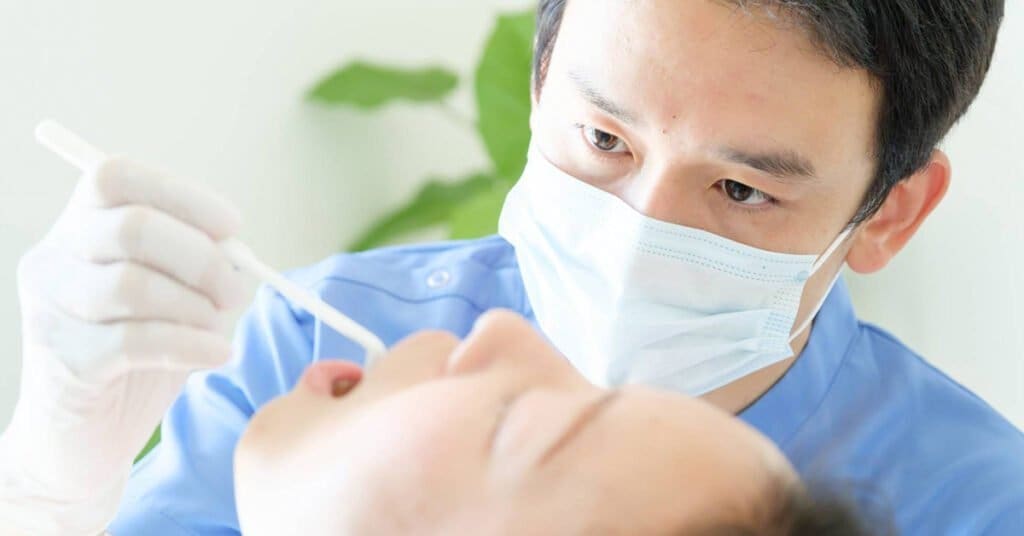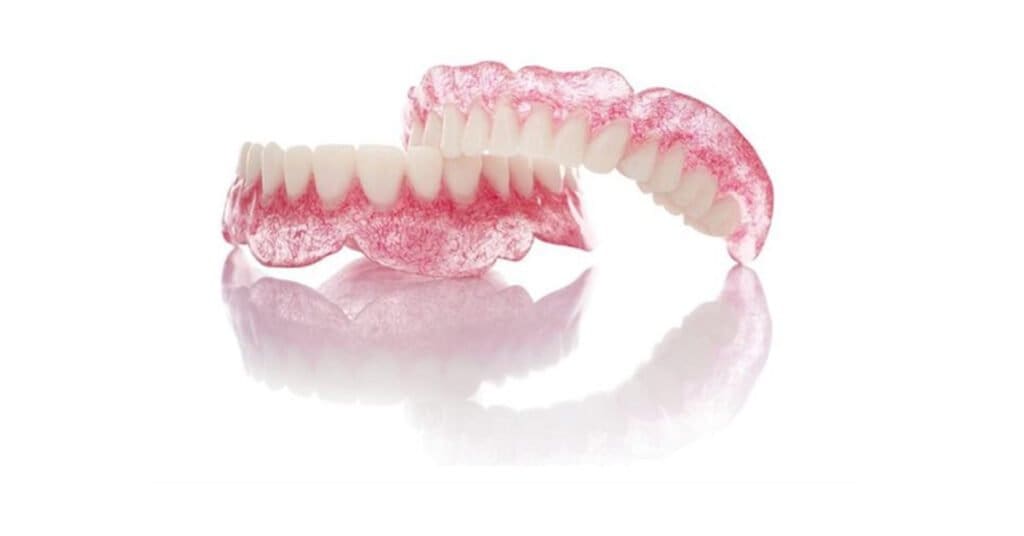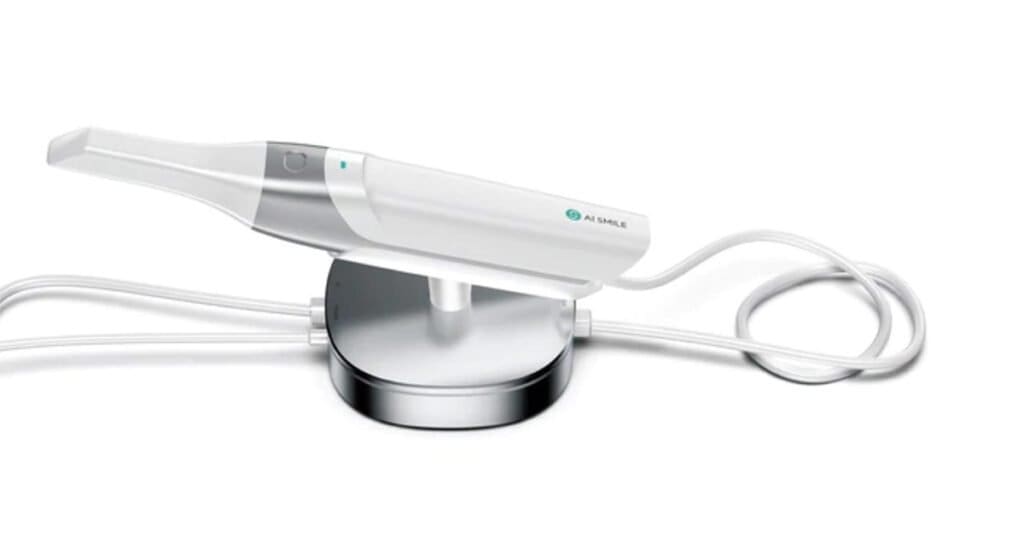The future is pregnant with new and exciting opportunities for dentists and dental professionals across the APAC region.
Dental Resource Asia is your conduit to discovering them as we forage through the dense jungle of news and information to bring you up to speed with the latest in the region.
Below are excerpts from some of the APAC-centred articles that resonated with the bulk of DRA readers – both near and far – in 2022. Read on to see whether you missed out on any of these popular stories (the Top 10 list is not in any particular order).
#1: Asia’s superaging challenges in dental care

Asian countries adopt a variety of approaches to the delivery of dental care, ranging from fee-for-service in high income countries to government-supported public programs in low and middle income countries. While fee-for-service is becoming more common in the region, most older adults do not have access to private dental care due to high costs and the need for substantial out-of-pocket payments.
This has resulted in a public health gap, where the burden of oral disease is shifting to older adults who often do not have access to dental care.
This article investigates the impact of ageing populations on the current state of dental care in some Asian nations, with a view on national policies, measures and initiatives that are being suggested or implemented to deal with the looming challenges.
Read the full article: Asia’s superaging challenges in dental care.
#2: In the Hot Seat of Dental Journalism

Prof Lakshman Samaranayake’s transcontinental work and global contributions to dental sciences and research, focused on clinical microbiology, to date have been ground breaking.
This year, the former FDI Councillor and past chair of FDI’s Science Committee became the first Asian to assume the position as Editor-in-Chief at the International Dental Journal, the official journal of the FDI World Dental Federation, representing over a million dentists worldwide.
In the middle of penning a series of papers on COVID-19, the busy professor took time off his hectic schedule to update DRA readers on his 9-month journey (at the time of this interview) and future vision for the prestigious FDI journal, since taking over its editorial helm in January.
Read the full article: In the Hot Seat of Dental Journalism.
#3: In Focus: Japan’s intense dental market

For about 25 years, the annual value of Japan’s dental market has been hovering around the same level, close to the 2.6 trillion yen (US$30bn) mark.
Although the demand for dental treatments has not diminished – in fact it has increased in tandem with the explosion of cosmetic dental treatments – share of that sizeable pie has obviously shrunk, owing in part to a crowded marketplace having one of the highest dentist per 100,000 population ratios.
This article examines, among other peculiarities, the fierce competition in Japan’s dental marketplace.
Read the full article: In Focus: Japan’s intense dental market.
#4: India develops nanobots for root canals

The Indian Institute of Science (IISc) has announced their co-development of nanobots that can help in standard root canal treatments. The research team comprises scientists from the Institute and Theranautilus, an IISc-incubated startup.
Using a magnetic field, the scientists claim the nanobots can be controlled deep within dentinal tubules to eliminate bacteria with heat. This is said to offer a safe and potent method to improve the success rate of root canal treatments.
According to research results published in the Advanced Healthcare Materials journal, the nano-sized robots are tiny enough to reach all the way inside the microscopic channels.
This means it can search out and kill the bacteria residue – including the antibiotic-resistant Enterococcus faecalis bacteria – that current root canal techniques sometimes fail to flush out.
Read the full article: India develops nanobots for root canals.
#5: Ukraine war impacts Japanese dental practices

Dental clinics in Japan are under pressure due to soaring material costs as a result of the armed conflict in Ukraine, according to Grand Jute Co., Ltd.
Delivering the bad news ahead of their upcoming “Recruitment Practice Seminar”, the consulting business specializing in dental clinics further stated reasons why dental industry salaries should remain unchanged.
According to Yuko Ito, the company’s representative, dental clinics across Japan will face tough times ahead due to rising materials costs and accelerating inflation, following Russia’s invasion of Ukraine. These pressures, she believes, will also hamper future recruitment activities of the dental practice.
Read the full article: Ukraine war impacts Japanese dental practices.
#6: Global and Chinese market trends in dental 3D printing

According to CONTEXT, 3D Science Valley’s global market research partner, continued use of 3D printing for mass production remains the key to accelerating growth, with dentistry being one of the key application areas driving growth. 3D printing is already one of the most exciting trends in the dental industry this year.
What kind of technology is behind dental 3D printing, and what is the development of the major players in the dental field?
Read the full article: Global and Chinese market trends in dental 3D printing.
#7: Future of China’s clear aligner technology market

According to the survey of the Orthodontics Professional Committee of the Chinese Stomatological Association, the overall prevalence of malocclusion in China was 67.82% in 2000, which means: For every 10 Chinese citizens, 7 have uneven teeth.
This data is not sensational, and it is true that misalignment of teeth, overbite (crossbite), buck teeth (deep overbite of front teeth), and crooked face (abnormal mandibular deviation) are common.
In the case of increasing consumption power, from 2015 to 2019, China’s orthodontic market maintained a compound growth rate of 20.7%, and invisible orthodontics started from scratch and quickly broke through the scale of 10 billion.
However, among the Chinese orthodontic population, the rate of using invisible braces is only 10.5%, and it has reached 33.1% in the United States.
Read the full article: Future of China’s clear aligner technology market.
#8: The tooth about social media

When Malaysia’s rising dentist celebrity, Dr Kayla Teh, began her own practice about 7 months ago, the savvy marketer chronicled the transformation of her dentist office from an empty building to the final renovation, explaining her fit-out motivations and decisions along the way.
In characteristic candour, the easy-going dental influencer reveals that almost all of her patients found out about the new practice through one of her social media outlets.
Some of her dental customers travel to visit her clinic from as far as neighbouring Singapore as well as Sarawak and Sabah, Western Malaysian states located a short flight away.
Read the full article: The tooth about social media.
#9: AI SMILE Smart Tracking Case debuts

The Weiyun AI & Robotics Group, the company behind the award-winning AI Smile Intraoral Scanner, has released the AI SMILE Smart Tracking Case, designed to improve orthodontic patient compliance.
Billed as the first intelligent hardware customized for invisible orthodontic users, it integrates the functions of treatment tracking, aligner-wearing reminder, cycle recording, locating, and data synchronizing.
About the size of a hockey puck, the intelligent Smart Tracking Case is designed to connect with the company’s AI SMILE APP. In addition to enabling customers to track their orthodontic treatment progress, the device also reminds them to wear their aligners on time.
Read the full article: AI SMILE Smart Tracking Case debuts.
#10: Weiyun’s AI Smile wins Red Dot Design Award

The AI Smile Intraoral scanner S4 from Weiyun AI & Robotics Group has won the German Red Dot Design Award.
AI Smile is Weiyun’s fourth-generation 3D intraoral scanner. The China-developed instrument can purportedly carry out precise (10um) point cloud grid imaging in two minutes. Utilizing independently developed software, hardware and optical modules, the AI Smile is able to generate an orthodontic AI simulation solution in 10 minutes, and access 1.2 million domestic cases online.
The Red Dot Award credited Weiyun’s win to the product’s “streamlined and simple design and accurate and efficient data collection”.
Read the full article: Weiyun’s AI Smile wins Red Dot Design Award.
The information and viewpoints presented in the above news piece or article do not necessarily reflect the official stance or policy of Dental Resource Asia or the DRA Journal. While we strive to ensure the accuracy of our content, Dental Resource Asia (DRA) or DRA Journal cannot guarantee the constant correctness, comprehensiveness, or timeliness of all the information contained within this website or journal.
Please be aware that all product details, product specifications, and data on this website or journal may be modified without prior notice in order to enhance reliability, functionality, design, or for other reasons.
The content contributed by our bloggers or authors represents their personal opinions and is not intended to defame or discredit any religion, ethnic group, club, organisation, company, individual, or any entity or individual.

